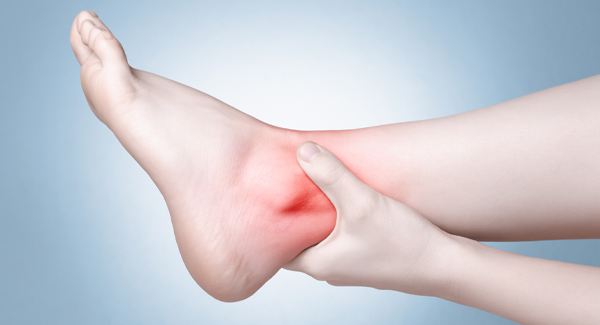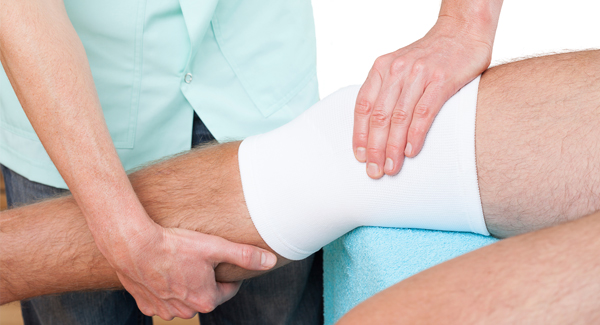Hand Surgery for Arthritis
Arthritis can take a heavy toll on hands, causing pain, deformity and disability. Yet surgery to repair the damage from hand arthritis is relatively rare. One reason is that finger surgery has a high complication and failure rate. It can also sacrifice mobility for pain relief. The two main surgical options for hand arthritis are fusion (arthrodesis) and total knuckle replacement (arthroplasty).
Types of Hand Surgery
Arthrodesis involves fusing the bones of the joint together, creating a stronger, more stable and essentially pain-free knuckle, but one with little flexibility or movement.
Arthroplasty involves removing the damaged joint and replacing it with an artificial implant. The goal is to relieve pain and restore shape and some function in the hand. However, the results are usually less satisfactory than with hip and knee replacements. One problem is that hinged finger implants don't fully replicate normal finger motion. Most are made from silicone rubber, which is flexible but breaks and slips easily. Some studies have found that up to 30 percent of silicone implants fail within 10 years, making them a poor choice for younger patients. "Sometimes even the best artificial joint is not as good as a banged-up real joint, so you have to be very careful,” notes Jose Ortiz Jr., MD, a hand surgeon at Mayo Clinic Health System in Eau Claire, Wisconsin.
Whether arthrodesis or arthroplasty is used depends on the joint needing repair and on the patient's age, activity level and the amount of stiffness the patient can tolerate. It's not uncommon to have both procedures performed on different joints in the same hand.
How Hand Surgeries Are Used for Joints
Knuckles - Arthroplasty is almost always used to repair the knuckles at the base of the fingers, where flexibility and motion are crucial. These metacarpophalangeal (MCP) joints – the largest in the hand – are critical to finger function but can be seriously damaged by rheumatoid arthritis (RA). Ideally, joint replacement eliminates pain and restores some mobility, but David Ruch, MD, chief of hand surgery with Duke Health in Durham, North Carolina, says the outcome depends on the amount of healthy soft tissue a person has. "In many patients with longstanding rheumatoid disease, it's difficult to get enough soft tissue to reconstruct around the implant, which can lead to failure over time," he explains.
Base of the Hand - Proximal interphalangeal (PIP) joints are the second from the base of the hand. They’re prone to stiffness and a significant loss of motion, usually as a result of osteoarthritis (OA). Replacement surgery is sometimes used to relieve these symptoms, especially in the middle and ring fingers, which need flexibility for gripping. Because these joints get heavy use, implants can wear out quickly. Dr. Ruch favors fusing most PIP joints because they tolerate stiffness better than joints closer to the hand and fusion is a reliable, life-long solution.
Ends of the Fingers - Arthrodesis is commonly used to treat arthritis pain in the joints near the ends of the fingers, or the distal interphalangeal (DIP) joints. It usually results in a stable, pain-free and reasonably functional joint. The most serious complication is failure of the fused bones to grow together or properly align, which may require further surgery. Most people have good to excellent results. Mobility is one of the biggest failings of finger surgery. "[After surgery], there is some improvement in function because pain has been eliminated,” Dr. Ruch says. "But we don't see a dramatic improvement in motion or a return to activities that arthritis made impossible.”

Stay in the Know. Live in the Yes.
Get involved with the arthritis community. Tell us a little about yourself and, based on your interests, you’ll receive emails packed with the latest information and resources to live your best life and connect with others.


